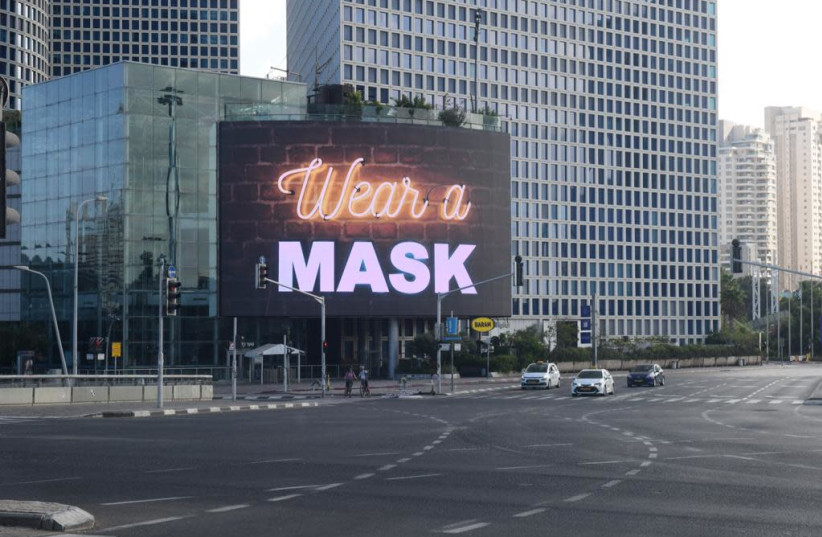Researchers from Ben-Gurion University have developed a model to help countries optimize their social distancing and vaccination strategy in the ongoing fight against the novel coronavirus.
The researchers realized that while combining social distancing and vaccination is more effective than using just one of the two measures, a deeper understanding of how best to carry out a combined strategy was still lacking. The researchers also stressed that while social distancing could be somewhat effective on its own, it led to severe social burdens and didn't prevent hospitalizations as effectively as a combined strategy.
The model, published in the peer-reviewed PLOS Computational Biology, found that prioritizing vaccination to the elderly 60 years old and older is more effective when social distancing is applied uniformly or to adults. Prioritizing vaccines to adults or prioritizing vaccines and social distancing measures only for the elderly does not reduce hospitalizations as effectively.
However, in countries with low vaccination rates, an elderly-first strategy may only have marginal benefits unless social distancing measures are increased.
The researchers also found that vaccination only affected the R number when deployed at sufficiently high rates and alongside social distancing measures. The model also found that a similar reduction in hospitalization can be achieved through different combinations of strategies.

The models covers various combinations of vaccine deployment depending on age, infection status and social distancing measures. The model also considers how many vaccines a country has and is able to administer per day.
The model additionally found that there is no qualitative difference in effect on hospitalizations between 70%, 80% and 100% vaccine acceptance.
The researchers stressed that the model has certain limitations and should be used to provide general and initial guidelines as it does not include household, school or work dynamics.
"The current COVID-19 global situation demands a multi-layered response," said Prof. Nadav Davidovitch, director of Ben-Gurion University's School of Public Health. "Vaccines are an essential component but it is clear that different contexts such as population characteristics and vaccine availability, together with the dynamic changes in disease spread, demand crucial decision-making on strategies and priorities. Our model can be applied by different countries to simulate and optimize responses."
